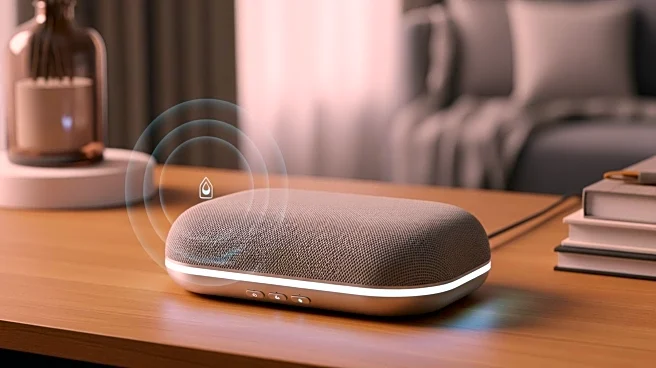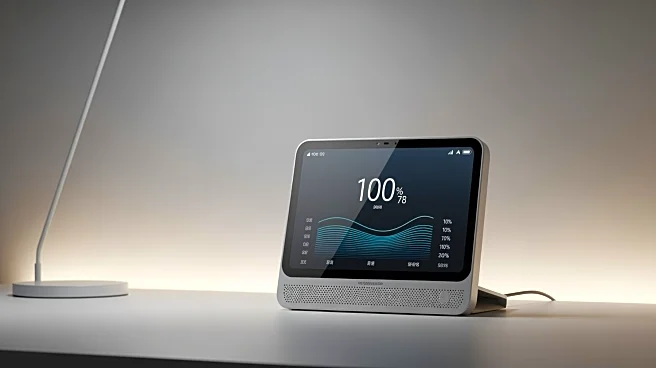What's Happening?
Recent studies have highlighted the potential of certain houseplants to improve indoor air quality by absorbing pollutants. Plants such as the marble queen pothos, peace lily, English ivy, and gerbera
daisy have been identified for their ability to filter out harmful compounds like formaldehyde, benzene, and trichloroethylene. These plants can serve as natural air purifiers, offering a cost-effective alternative to mechanical air purifiers. The marble queen pothos, for instance, is noted for its resilience and effectiveness in removing volatile organic compounds (VOCs) from the air. Similarly, peace lilies and English ivy are recognized for their ability to thrive in low-light conditions while purifying the air. However, experts caution that while these plants can contribute to cleaner air, they are not a substitute for air purifiers, which are more effective at removing dust and fine particulate matter.
Why It's Important?
The significance of these findings lies in the potential for houseplants to offer a natural and aesthetically pleasing solution to indoor air pollution, a growing concern in urban environments. As people spend more time indoors, especially in the wake of the COVID-19 pandemic, the quality of indoor air has become increasingly important for health and well-being. Houseplants that purify air can help reduce exposure to harmful chemicals found in household products and building materials. This can be particularly beneficial for individuals with respiratory issues or allergies. Moreover, the use of plants as air purifiers aligns with sustainable living practices, reducing reliance on electronic devices and promoting a greener lifestyle.
What's Next?
While the current research underscores the benefits of houseplants, further studies are needed to quantify their effectiveness in different indoor environments. Additionally, biotech companies like Neoplants are exploring ways to enhance the air-purifying capabilities of plants through genetic modification. This could lead to the development of supercharged plants that clean air more efficiently. As awareness of indoor air quality grows, it is likely that more households will incorporate air-purifying plants into their living spaces. This trend could also influence the design of public spaces and workplaces, integrating greenery to promote healthier environments.
Beyond the Headlines
The use of houseplants for air purification also touches on broader cultural and psychological benefits. Plants are known to improve mood, reduce stress, and increase productivity, making them a valuable addition to homes and offices. The integration of plants into indoor spaces reflects a growing appreciation for biophilic design, which seeks to connect people with nature. This approach not only enhances air quality but also contributes to overall well-being and environmental consciousness.












